The Asphalt Materials’ team continues to innovate and invest in sustainability.
A circular economy focuses on reducing waste and pollution with repair, reuse, and reduction. It entails redesigning products to be more durable, reusable, repairable, and recyclable, and therefore kept in use for as long as possible. Beyond product design innovations, it also means changing the way we consume and use goods and services.
Linear vs. Circular Economy
The linear economy is the term for our current globalized economy in which we extract resources, manufacture products, use them, and then throw them away. It is based on mass production and products with a short, disposable life such as mobile phones, clothes, and washing machines among other examples.
The term ‘circular economy’ is sometimes used as if it is something that does not yet exist. In fact, many parts of the global economy are already ‘circular’ to some extent but are largely invisible to those living in developed economies. In some developing nations there is already a far stronger tradition of repair and reuse of products.
The recycled nature of asphalt is one exceptionally strong example of repair, reuse, and reduction. Therefore, asphalt is an exceptionally strong example of a major contributor to the circular economy. The recycling process of asphalt pavement saves both money and material, making it a strong force in the circular economy. Asphalt pavement eventually needs to be removed at the end of its life cycle. From there, the asphalt will be recycled on-site or sent back to plants to be recycled and reused for future projects.
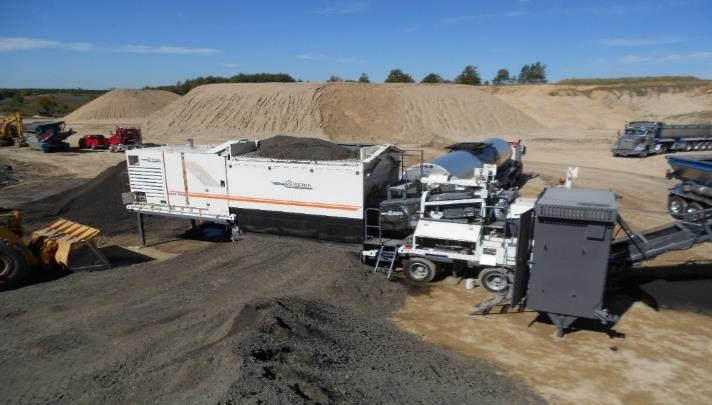
One particularly popular asphalt recycling process is CCPR or Cold Central Plant Recycling. CCPR is the process in which the asphalt recycling takes place at a central location using a stationary cold mix plant and an existing stockpile of RAP or reclaimed asphalt pavement.
Why is CCPR a Sustainability Initiative?
Aggregate and oil resources are not infinite and current conventional remove-and-replace approaches to construction projects are unsustainable and not always budget-friendly. CCPR is a modern, yet time-tested approach. It has helped agencies complete more projects within the same budget, or in many cases with reduced dollars versus budget without sacrificing the structural integrity of asphalt pavements.
By reducing energy usage during the processing, CCPR is an ideal choice for road construction projects. There is a smaller carbon footprint and reduction in greenhouse gases because of the significant reduction in trucks exporting and importing materials to and from the site.
We recently published a series of educational videos about the benefits of recycling technologies, processes, and products. Here is one about CCPR.
RAP is a Valuable Asset!
Agencies paid for the initial construction materials for existing asphalt pavement. With CCPR, agencies are able to reuse those materials and stretch their budget dollars. When roads last longer, infrastructure funds go further.
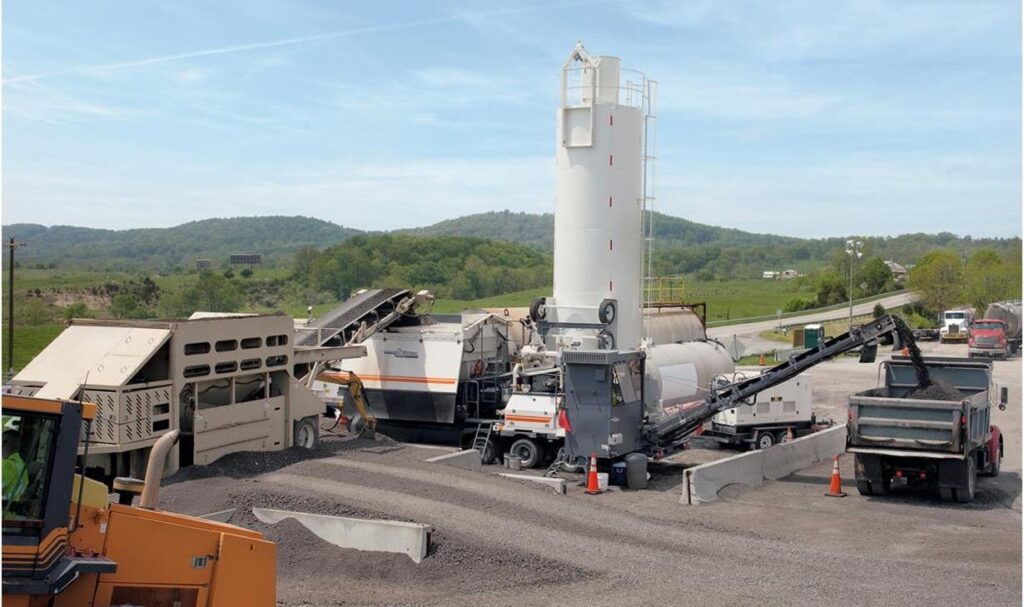
CCPR Can be Less Expensive
CCPR is less expensive than conventional maintenance, reconstruction, or new construction methods. Rehabilitating a road with an engineered emulsion additive is less expensive than producing a virgin hot mix made from completely new materials. Typical overall project cost savings can be 25% or more.
Nate Jenkins (AMI Sales Representative) and Tim Zahrn (Specialty Products Area Manager) collaborate on a number of recycling projects around the state of Indiana. They also draw on the expertise of The Heritage Research Group, specifically team members like Megan Yount, and Zach Robinson. A few of their insights are highlighted below.
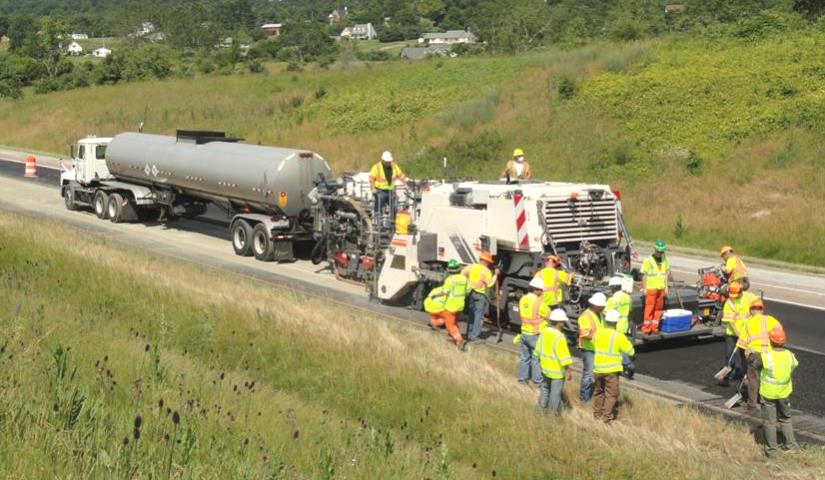
CCPR is a green approach that is not only environmentally friendly but is often economically advantageous to agencies. – Tim Zahrn, Specialty Products Area Manager for Asphalt Materials, Inc.
CCPR gives an agency the ability to remove existing asphalt pavement and fix the underlying pavement issues, reusing the RAP in the new pavement structure. – Megan Yount, Heritage Research Group.
CCPR is placed at ambient temperatures and the mixing plant is typically located in close proximity to the project. This decreases excessive hauling and utilizes a lower amount of virgin material in comparison to some other alternatives. – Jason Wielinski, Asphalt Institute.
If an agency needs to remove the existing pavement structure, RAP, it makes sense to reuse the material that the agency already owns. – Nate Jenkins, Asphalt Materials Inc. Sales Representative.
RAP has value and can be used by an agency for a number of different things, but can be very valuable when used in a CCPR or other pavement recycling processes. – Zach Robinson, Heritage Research Group.
Show below are a number of different pictures taken at different stages of a CCPR project.

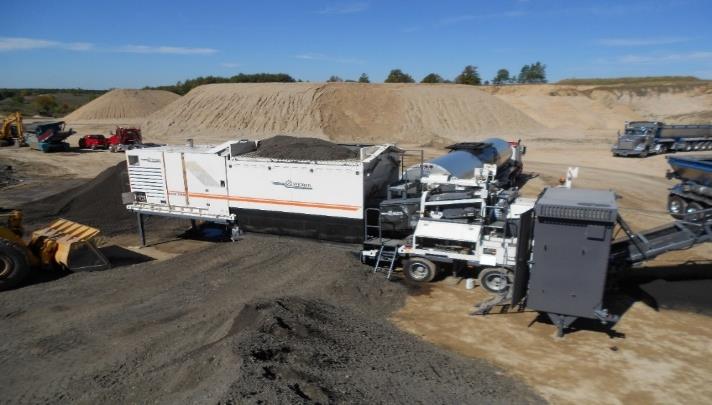
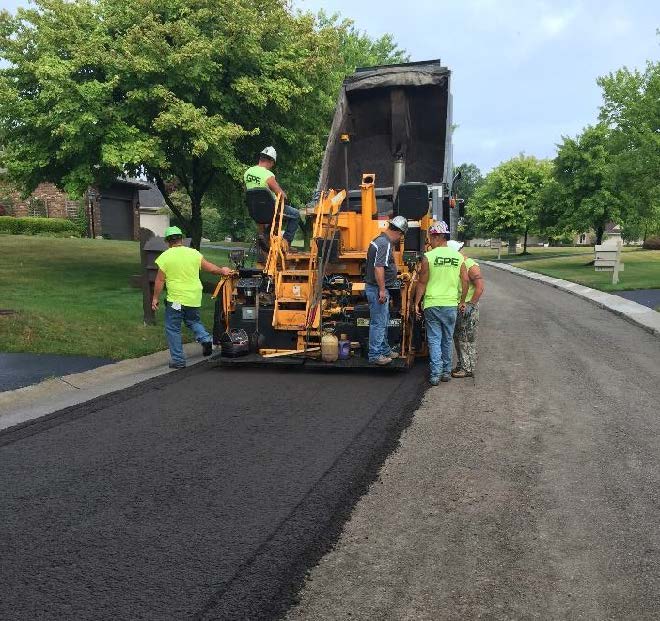
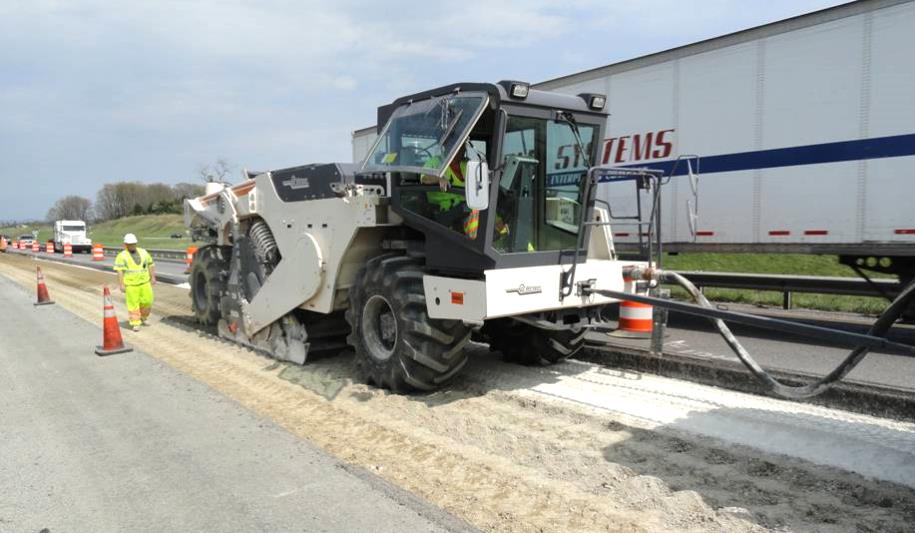
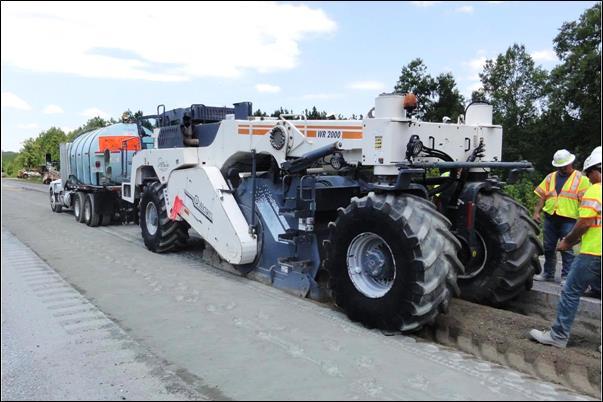
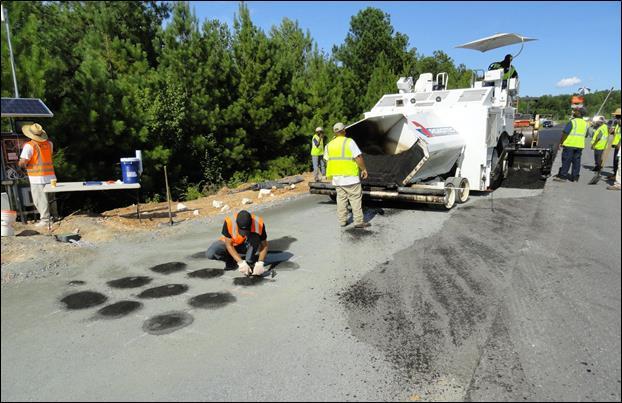

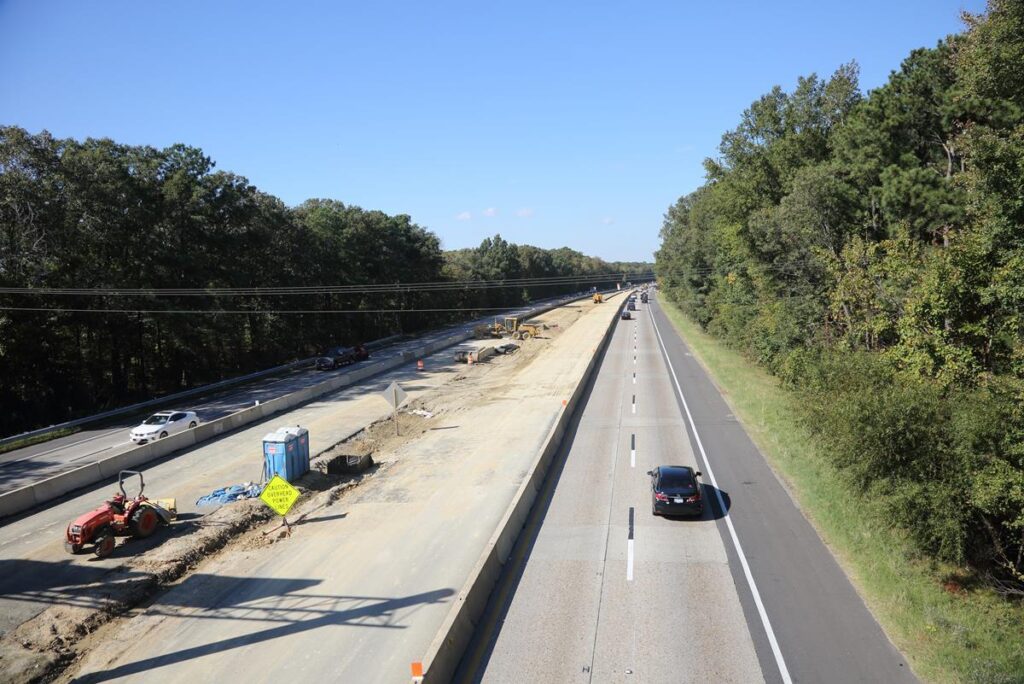

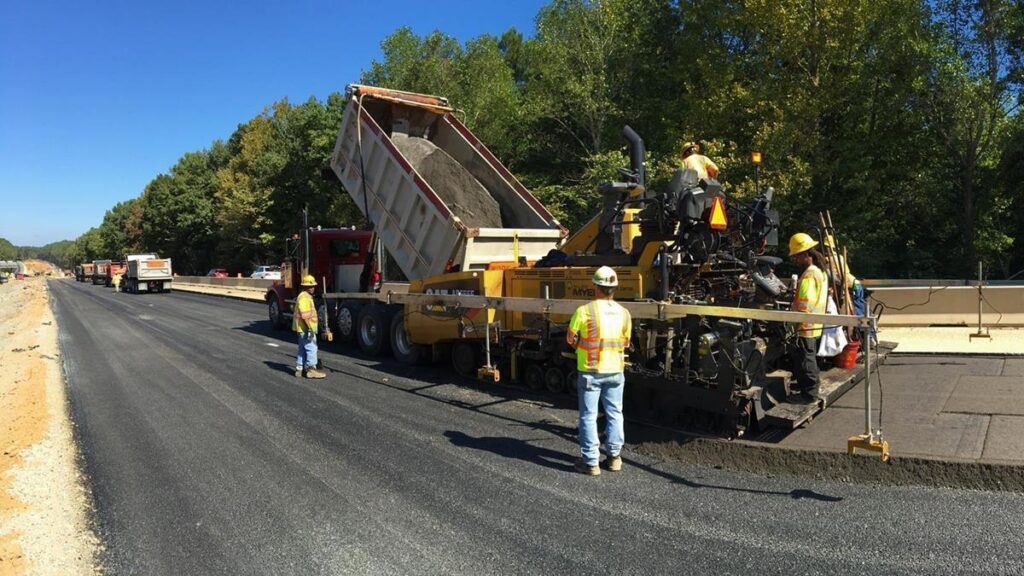

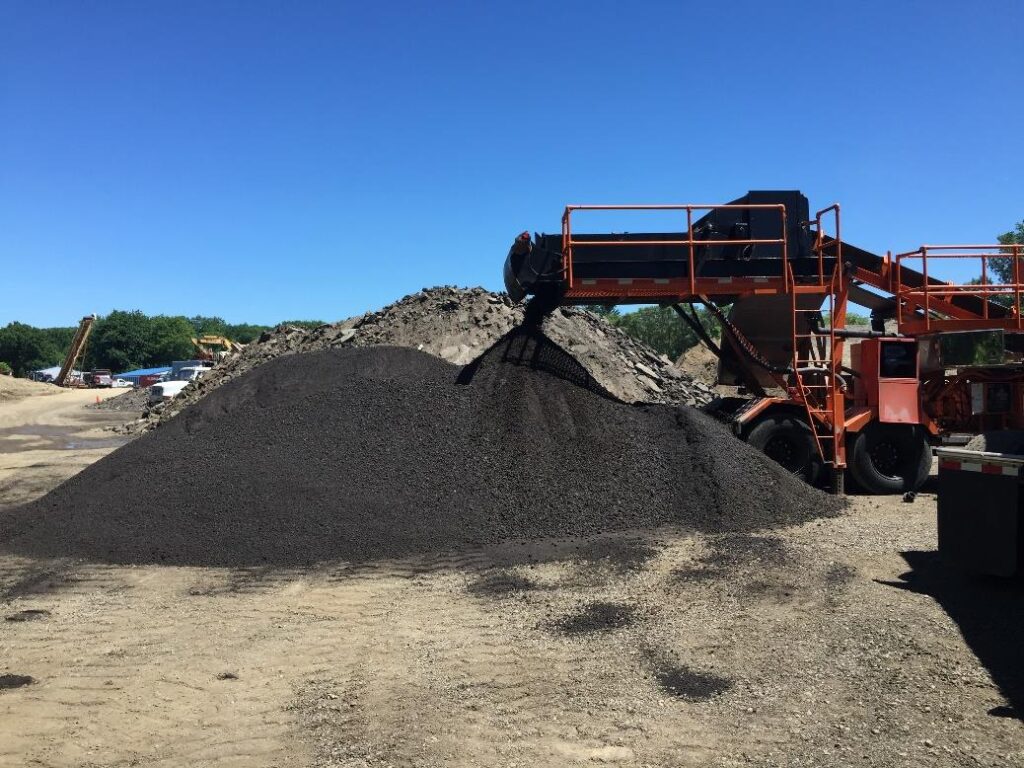

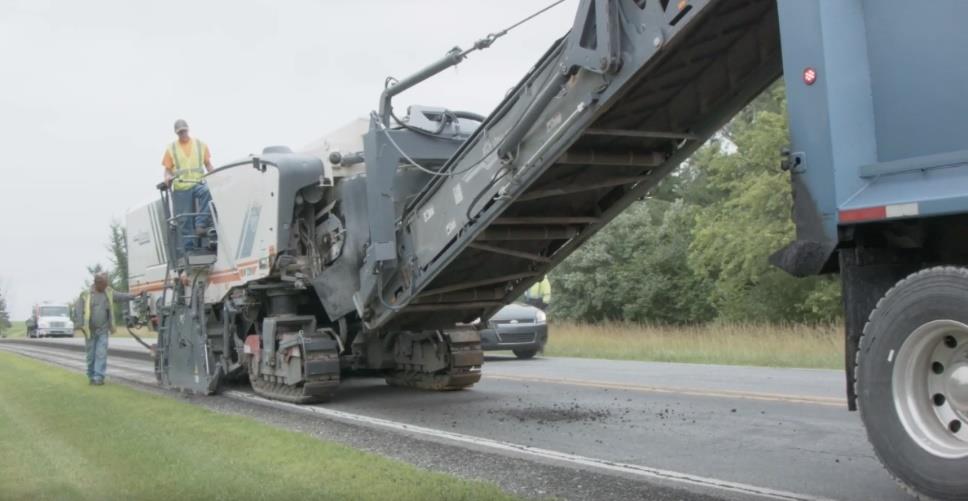

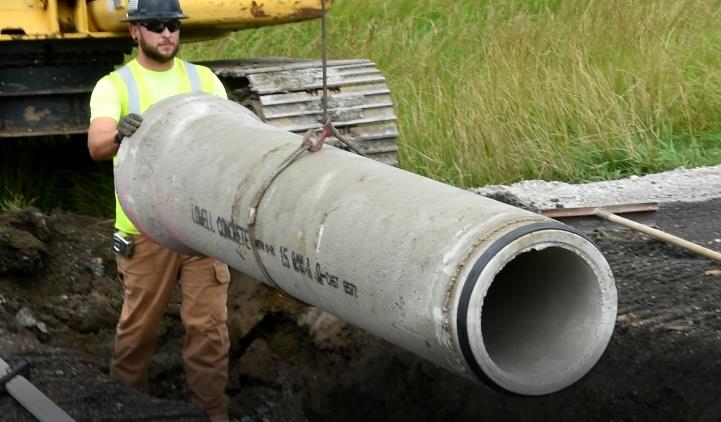
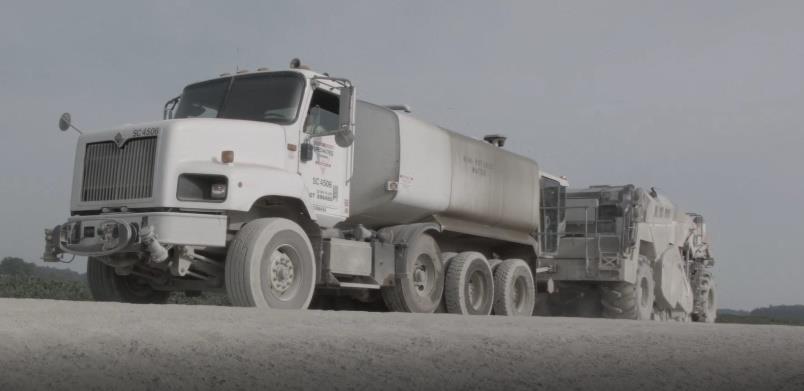
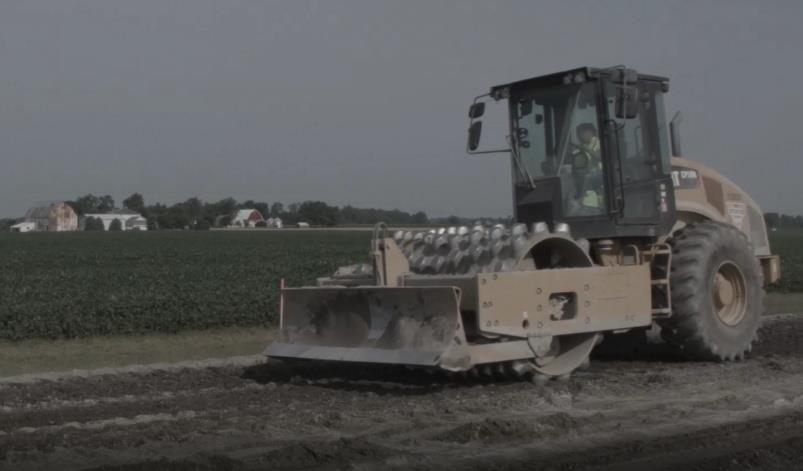

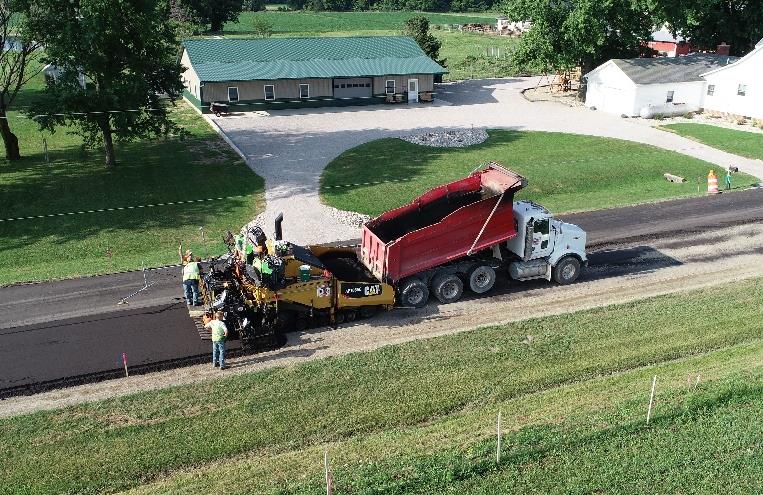
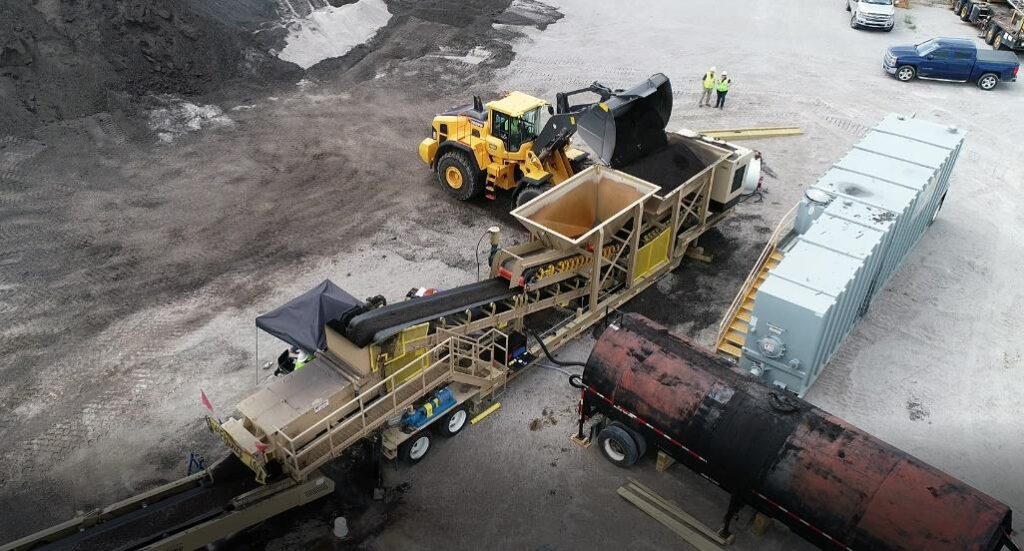
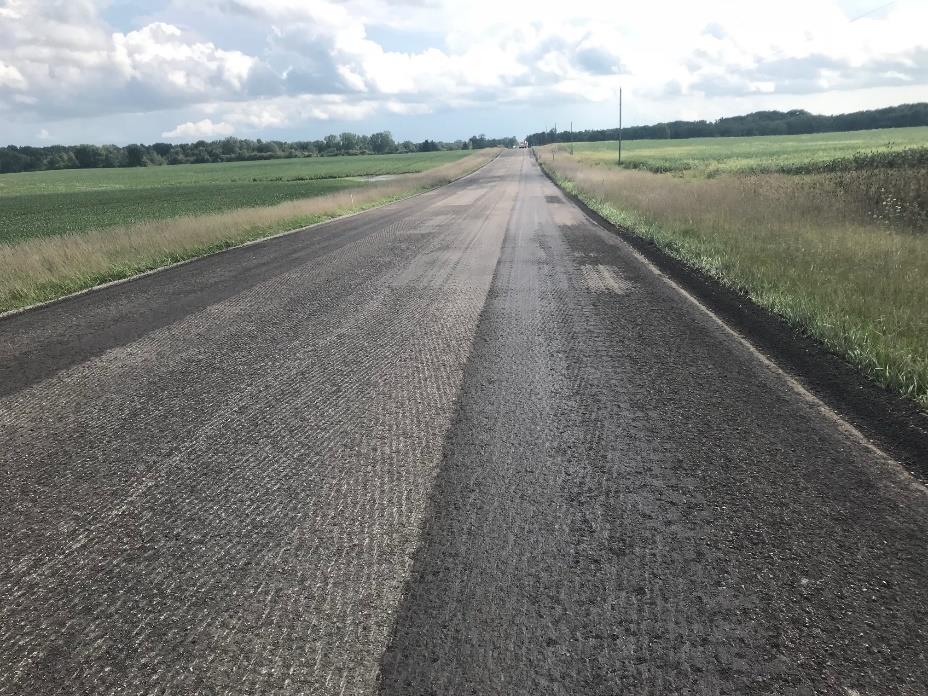
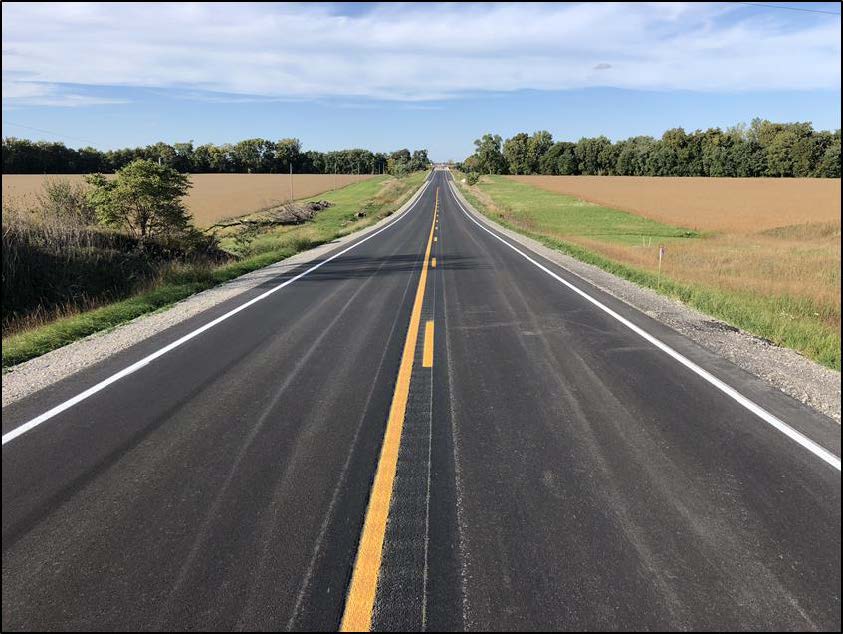
Sources:
What is the circular economy? https://www.chathamhouse.org/2021/06/what-circular-economy
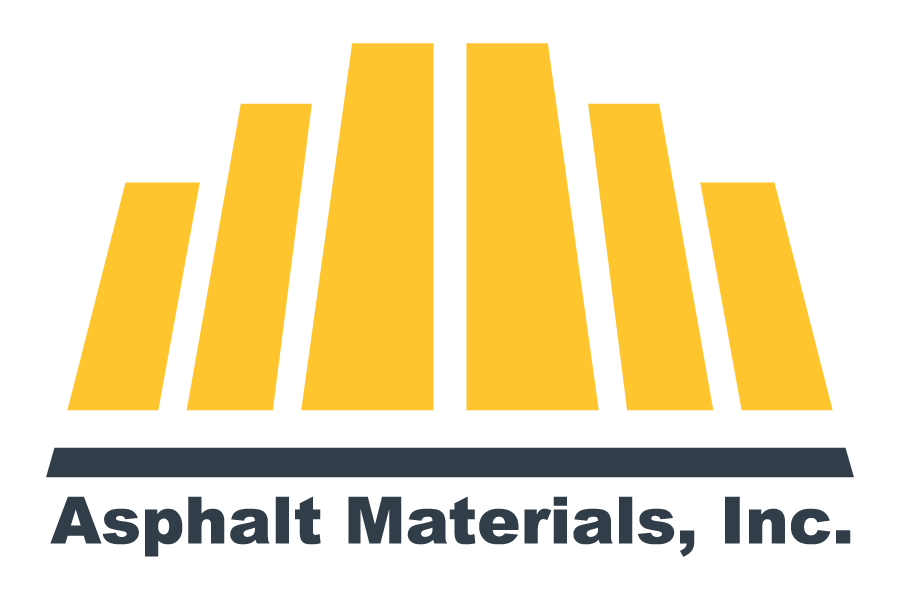

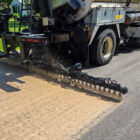


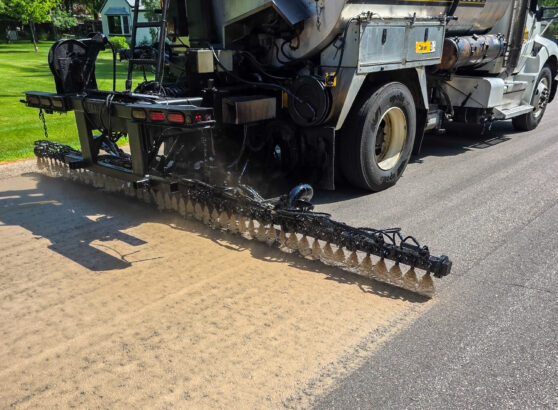

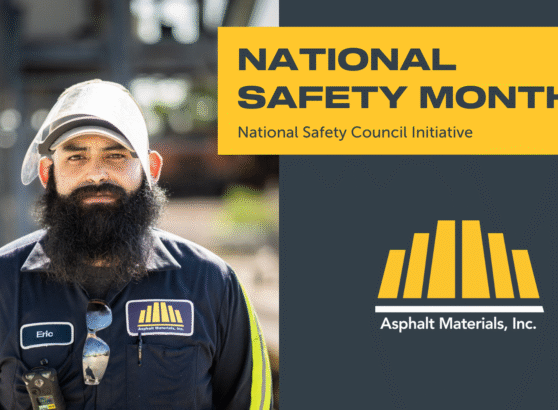
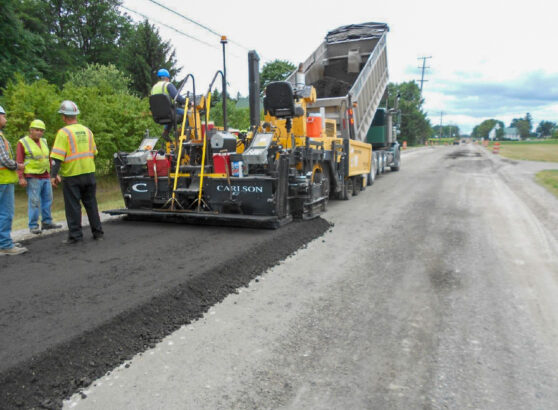

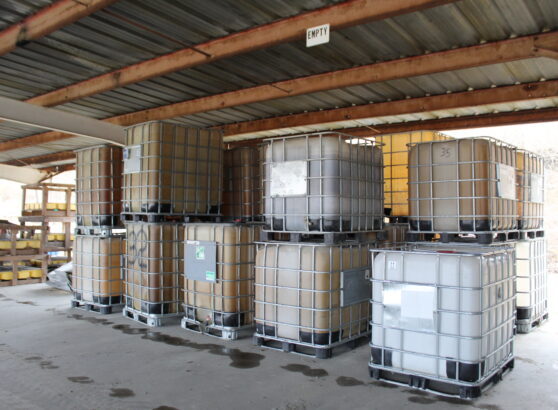


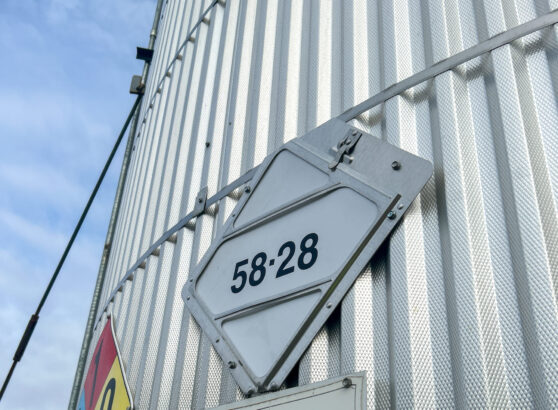



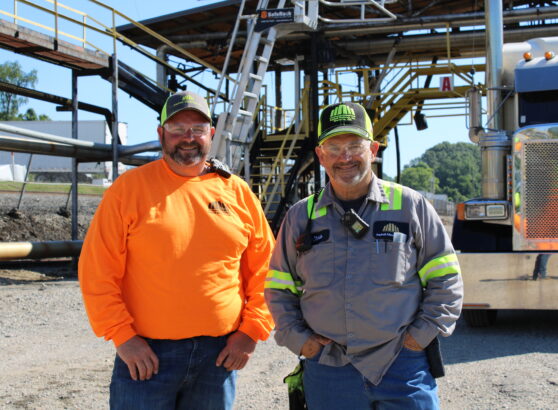

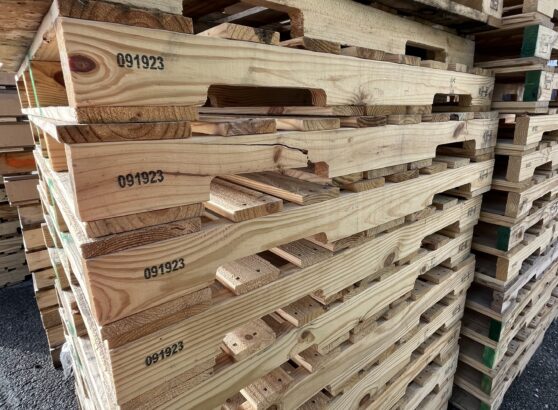
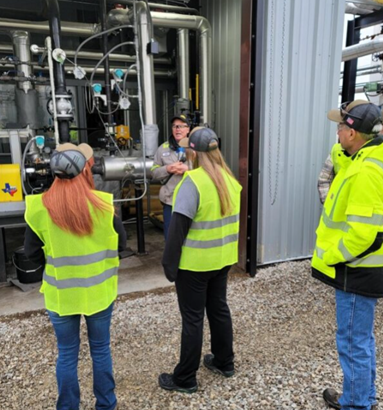









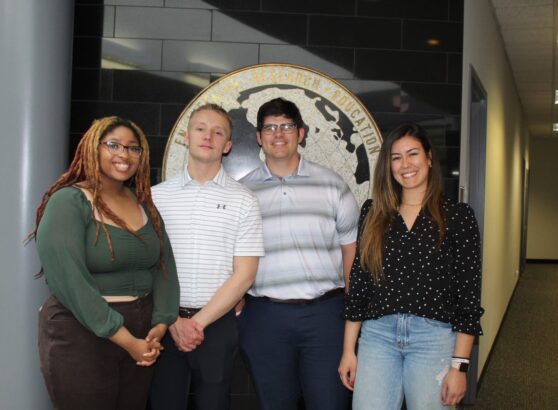






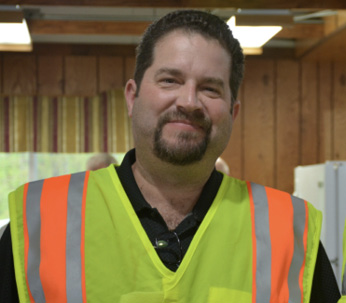







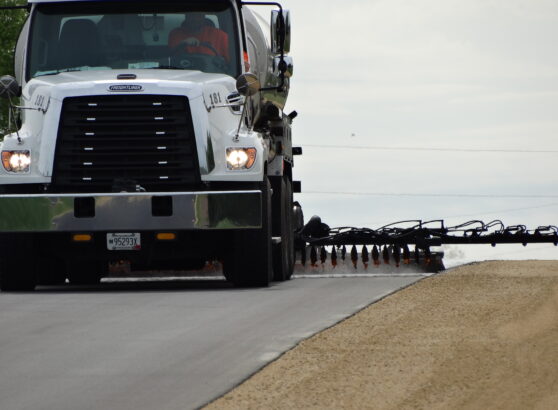

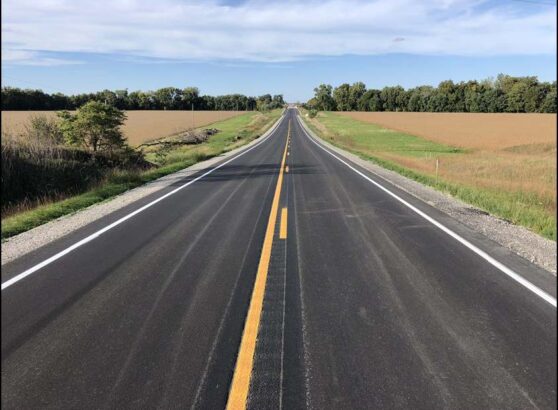





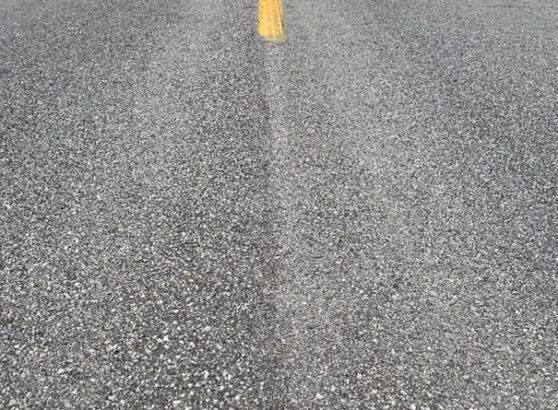


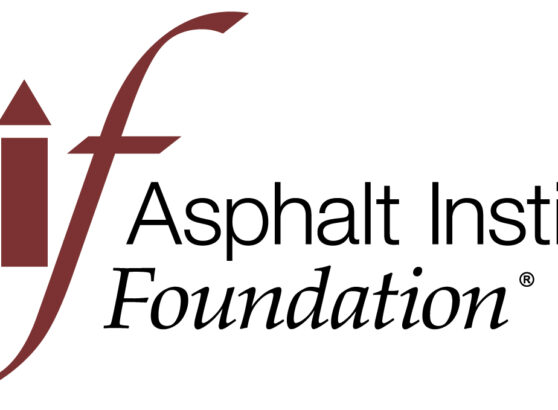




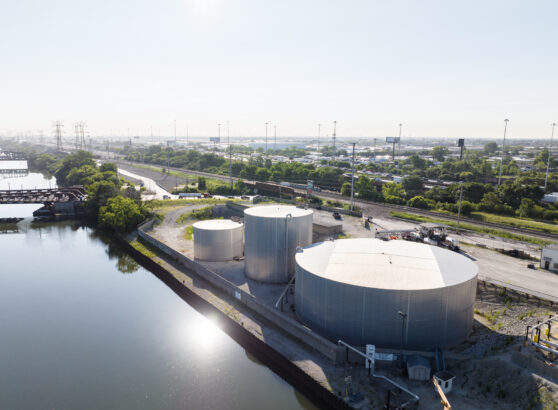




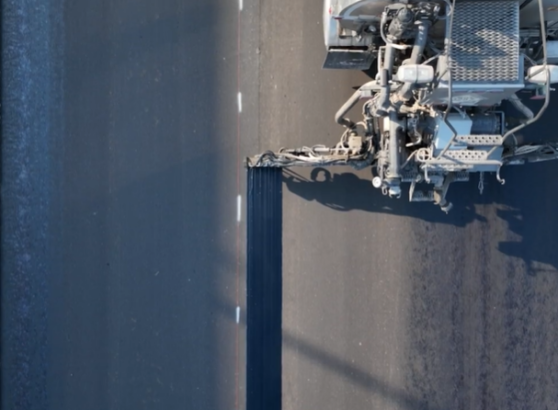


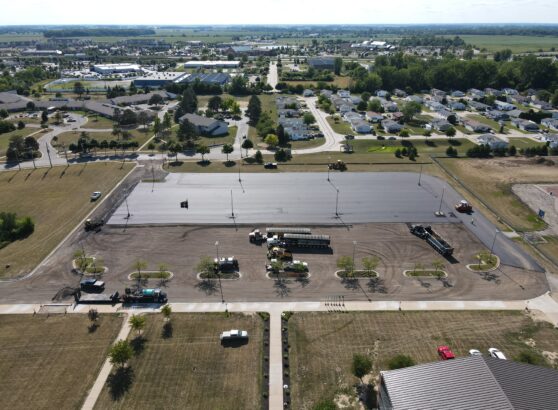








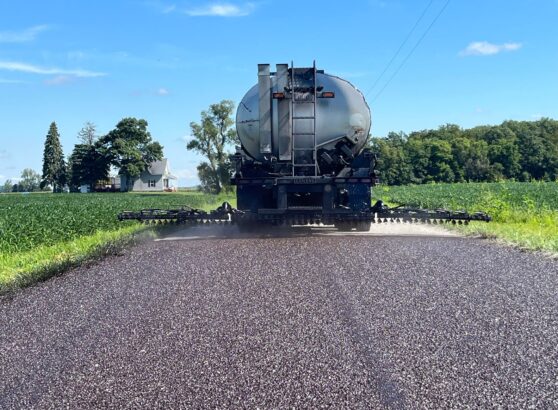



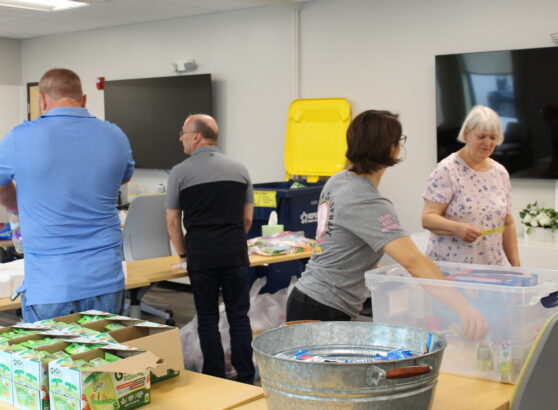
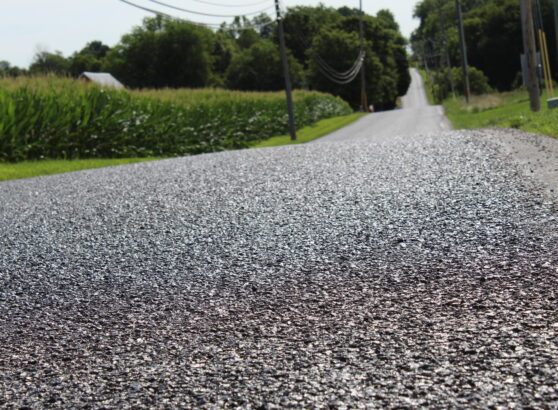



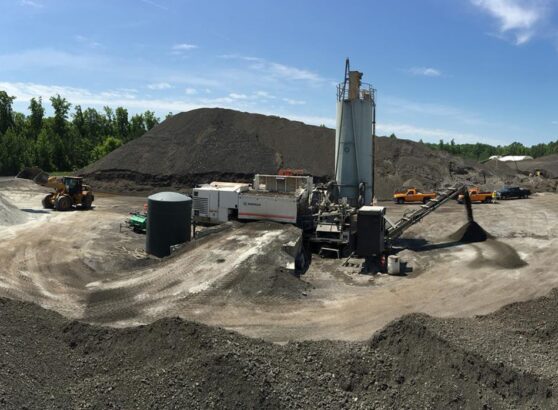



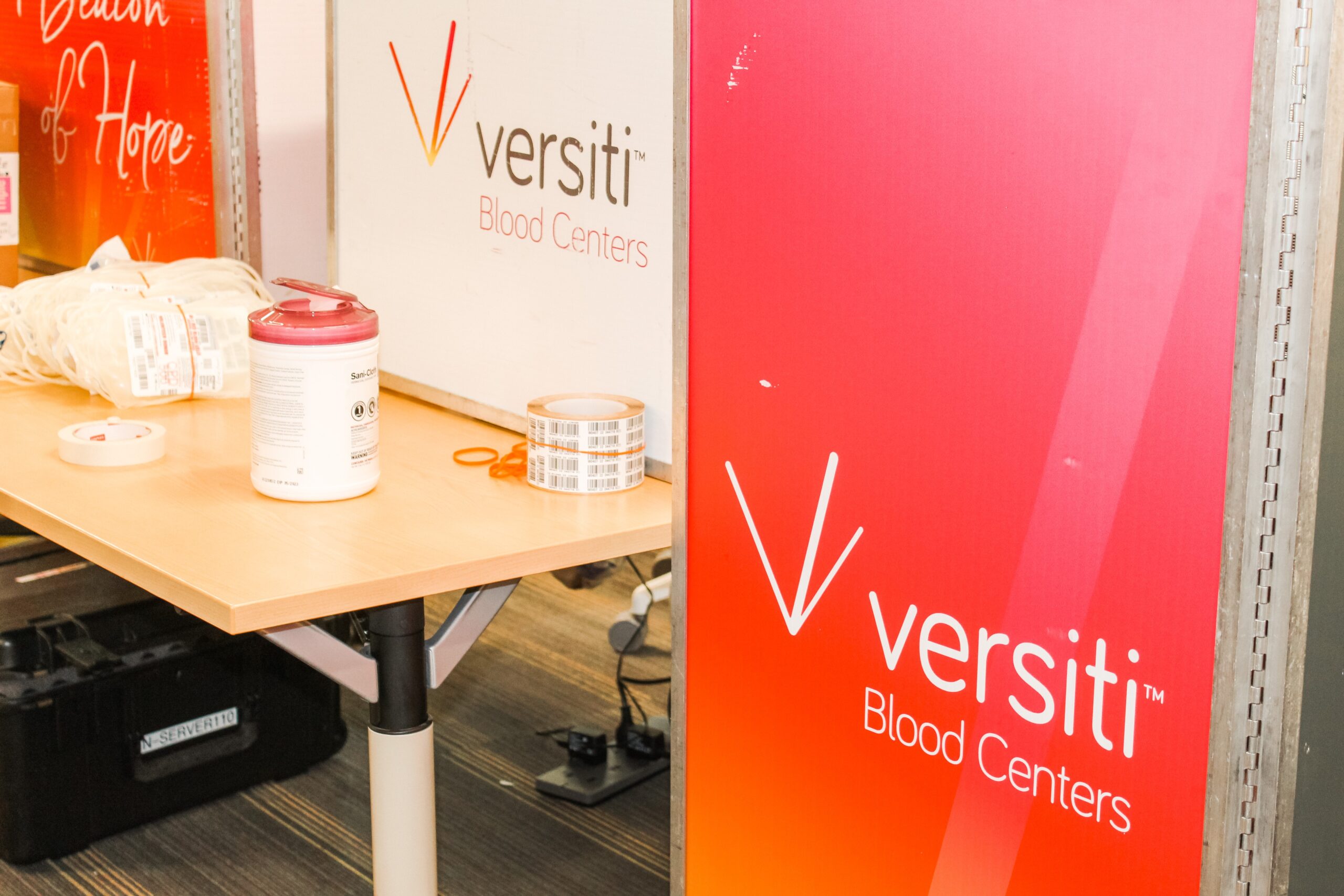


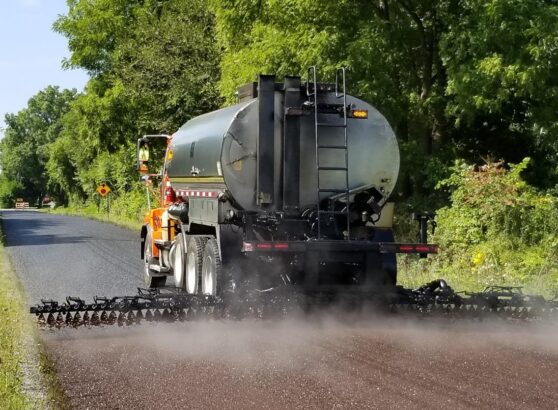

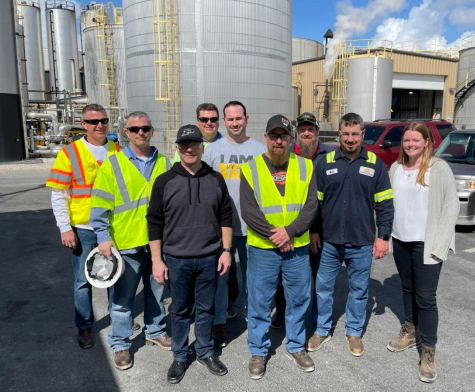











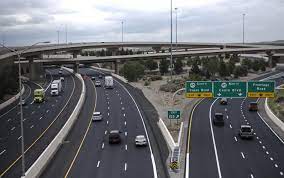











Recent Comments